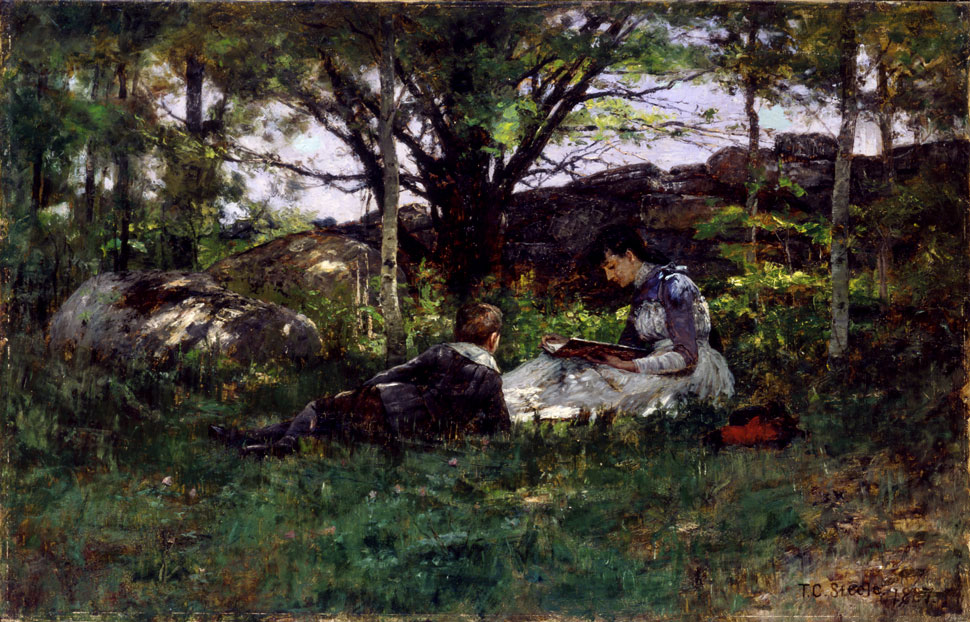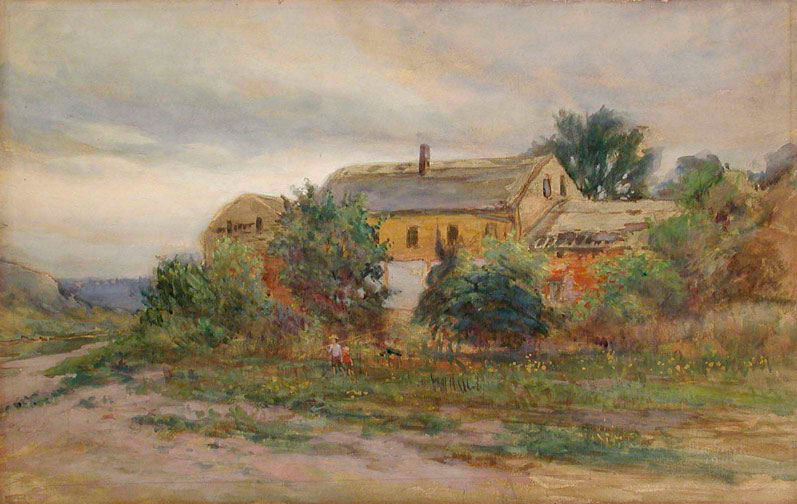



Prior to the 1860s and 1870s, most American artists worked in major eastern cities such as Boston, Philadelphia, and New York City. Some artists, however, chose to make a living in the Midwest. Indiana artists were primarily self-taught. They focused on portraiture, asking for work by going door-to-door or placing ads in newspapers.
During the 1870s, art in the United States became more professional as a growing scene of art-based publications, institutions, museums, and associations emerged. While several art institutions that provided both artistic instruction and forums for exhibitions existed in the Eastern United States, there were few in the Midwest. Aspiring artists often went abroad for instruction and inspiration. The majority studied under prominent artists in academies in Paris or Munich that followed classical artistic traditions dating back to the 17th and 18th centuries.
Three Indiana artists who studied at the Royal Academy in Munich saw work by Dutch artists that focused on subjects and scenery from their homeland and were inspired to return to Indiana and paint what they knew best — local landscapes. Their work evolved into an Impressionistic style following Chicago’s World Columbian Exposition in 1893, where they saw French Impressionistic paintings for the first time.

In France, Paris-based artists developed Impressionism in the early 1860s. The first Paris exhibitions to include Impressionist works took place in 1874. During this exhibition, French art critic Louis Leroy, wrote a scathing review, using Monet’s Impression, Sunrise (1872) to mock the style by describing it as “nothing but impressions.”
Impressionism later spread through Europe and came to the United States in the late 1880s. Many U.S. patrons and artists were drawn to its focus on scenes of everyday life, and its use of lighter and looser brushwork to quickly capture changing effects of light and movement on their subjects.
